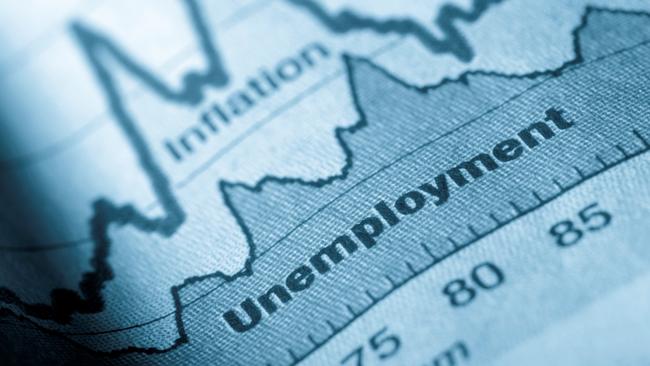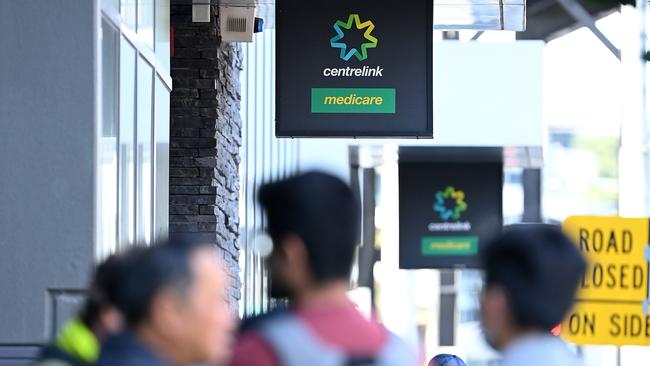Home loan interest rate pressure fuelled by low unemployment
The unemployment figures are better than expected for workers but not good for mortgage customers, and there is nervousness about dangerous data due next week.
National
Don't miss out on the headlines from National. Followed categories will be added to My News.
Mortgage customers should be sweating a little more after Australia’s official unemployment rate fell last month, and a bigger threat for interest rate rises looms next week.
The national jobless rate fell from 3.7 to 3.6 per cent, according to Thursday’s Labour Force figures from the Australian Bureau of Statistics. Economists had expected it to stay steady or possibly rise to 3.8 per cent.
Low unemployment puts pressure on wages to lift, and potentially inflation to rise, but so far Australia’s high inflation has not sparked a dreaded wage-price spiral.
However, the September quarter Consumer Price Index inflation numbers, due next Wednesday, will have the biggest say in determining whether the RBA will lift its official cash rate on Melbourne Cup Day after a four-month pause.

The RBA warned this week that it was worried about inflation staying too high for too long, and hinted at a further increase in its cash rate if this month’s economic data did not please it. Some economists say the chance of a rise on November 7 is 40 per cent.
Research group Canstar says another RBA rate rise – which would be number 13 since May 2022 – would lift repayments on a typical $500,000 home loan to $3404 a month, an extra monthly cost of $1301 for borrowers since the middle of last year. For a $750,000 mortgage, the total repayments would have increased $152 per month to $5106.
These extra 0.25 percentage point rises would lift households’ total repayment rise since May 2022 above 60 per cent – a tough ask for anyone, let alone those struggling with a barrage of other cost-of-living pressures across food, fuel, energy and insurance.
At 3.6 per cent, Australia’s unemployment rate remains remarkably low, and it feels unusual that it has not pushed wages sharply higher.
Australia has so far avoided a wage-price spiral, where surging inflation leads to surging wages, leading to more surging inflation, higher wages, and so on.
The latest ABS numbers show wages growing at 3.6 per cent annually, well below the current 6 per cent inflation rate. The next ABS Wage Price Index data won’t come until November 15, after the RBA’s November board meeting.
Unemployment is well below its average over the past decade. Before Covid it sat between 5 and 6.5 per cent, then spiked to 7.5 per cent amid lockdown fever in 2020, and now has remained between 3.5 and 3.7 per cent for more than a year.
It seems like steady as she goes.
Sadly, other factors impacting inflation and interest rates are more volatile, and the war in the Middle East fuels even more uncertainty.

Oil prices had climbed sharply before the crisis in Israel, and fears that a wider conflict could hit global oil supplies are growing. The oil price impacts more than just consumers at the petrol pump – it’s a key part of supply chains and pricing for most businesses.
New RBA governor Michele Bullock warned on Wednesday that the war could increase the likelihood of entrenched inflation.
That would mean more rate rises, more pain for borrowers, and an increased chance of recession.
Unemployment is part of the puzzle when it comes to the RBA deciding on interest rates, but because it hasn’t caused wages to spike uncontrollably, it remains a relative side issue to the big threat of higher inflation.
Originally published as Home loan interest rate pressure fuelled by low unemployment





